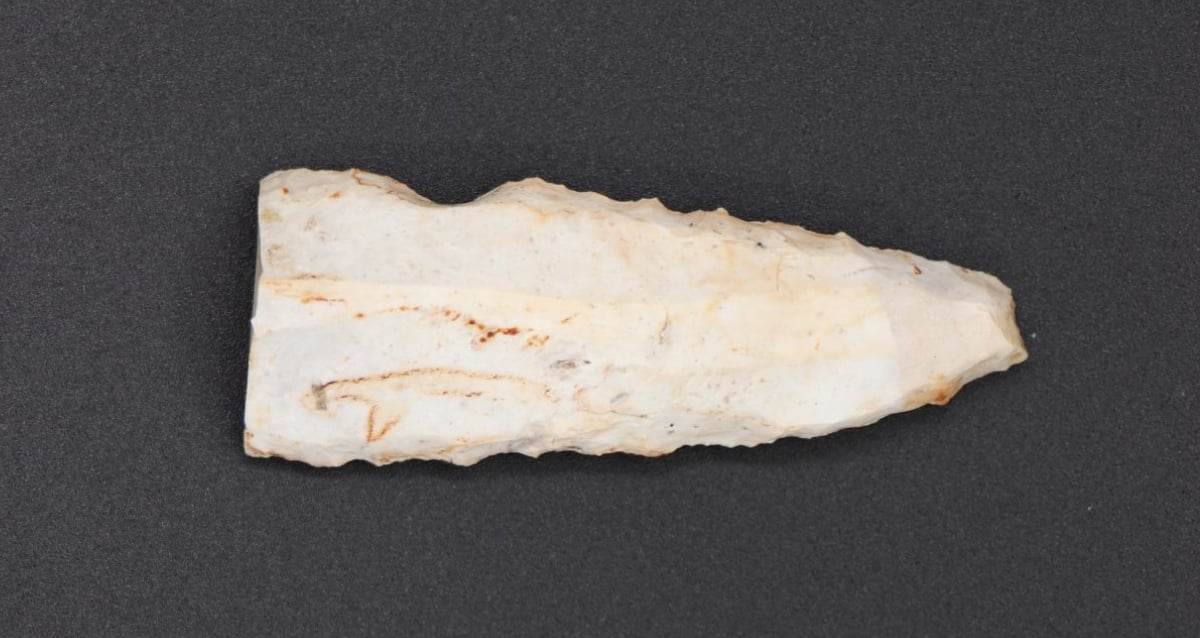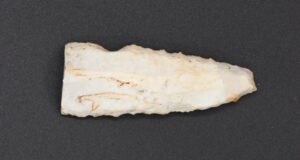Hidden for Centuries: Astonishing Roman Dolphin Mosaic Discovered Beneath Austrian Soil Reveals Ancient Secrets
Imagine uncovering a dazzling dolphin dance frozen in time on the floor of a Roman villa—far from the sunny coasts where you’d expect such marine-themed luxury. That’s exactly what happened in Thalheim bei Wels, Austria, where archaeologists stumbled upon a second-century C.E. mosaic featuring two dolphins frolicking through waves. Now, I’m no dolphin whisperer, but I can’t help wondering: were these playful mosaics a cheeky nod to the villa owner’s wealth, or maybe just ancient room décor flaunting a splash of seaside glamour in the heart of Roman Ovilava? Either way, this rare find isn’t just a visual treat; it’s a shimmering window into the lavish lifestyle of a rich Roman family whose stories have been buried—and are just now swimming back to the surface. Dive into the mystery and marvel at the artistry that survived millennia, challenging Austria’s reputation for Roman mosaics. LEARN MORE
The dolphin mosaic likely dates to the second century C.E. and was part of a villa owned by a wealthy Roman family.

OÖ Landes-Kultur GmbH/FacebookRoman floor mosaics like these are incredibly rare in Austria.
During excavations at Thalheim bei Wels, Austria, archaeologists came across the ruins of a sprawling Roman villa from the second century C.E. Within the villa, they’ve unearthed three floor mosaics — including one that shows a pair of dolphins swimming through the waves.
An incredibly rare find for Austria, the mosaics hint at the immense wealth of the Roman family who once owned the villa where they were discovered.












Post Comment